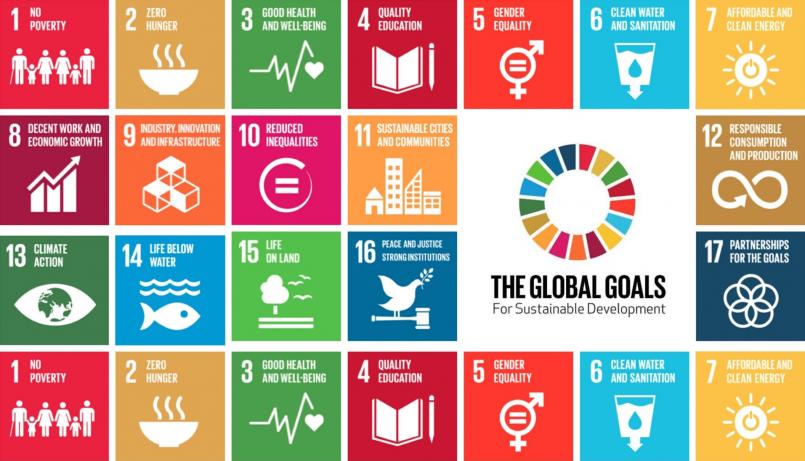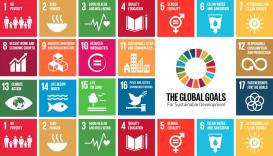The debate about “Little Science” and “Big Science” put forward by Derek J. De Solla Price in 1963 was an important driver for promoting profound reforms and transformations of research and innovation organization models around the world over the past 60 years. Little Science is generally produced in public research institutes and universities, while embodiments of Big Science typically rely on huge scientific facilities to gather a large number of people and establish new organizations. Over time and given the contemporary acknowledgement of “grand challenges” and the so-called sustainable development goals in world society, more and more countries have come to build on free basic research and highly integrated, large-scale and large team mission-driven research. At the same time, countries have continued to deploy big national organizations (such as the National Laboratory System of the United States, the Fraunhofer Institute of Germany, the State Key Laboratory of China, etc.) to meet such wicked problems.

SDGs from the United Nations. (https://www.un.org/sustainabledevelopment) The content of this publication has not been approved by the United Nations and does not reflect the views of the United Nations or its officials or Member States
This project aims to explore attempts to build idealized model of mission-oriented R&D organizations, comparing several cases of national and multinational organizations. Through these case studies I seek to identify commonalities in their design of structures and mechanisms, explore the important role of universities in the formation of mission-oriented R&D endeavors, and use qualitative analysis techniques of comparison to identify successful paths, thereby opening up the black box of mission-oriented R&D organizations.

